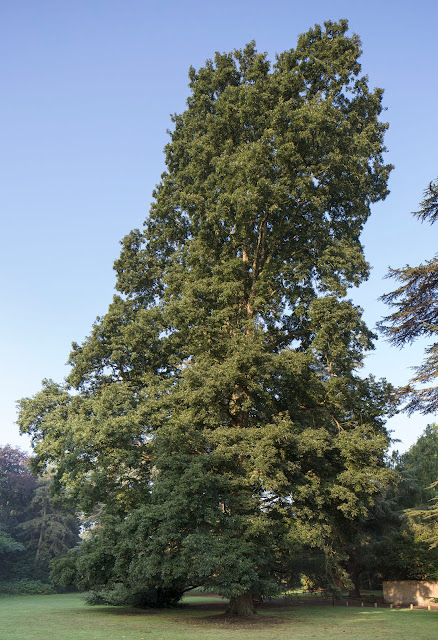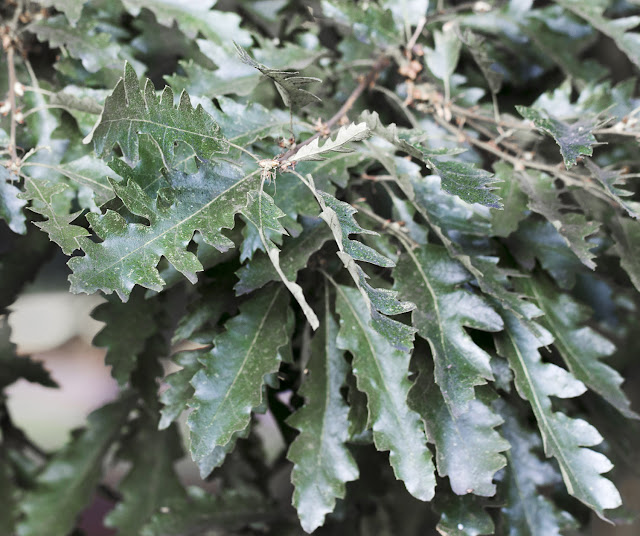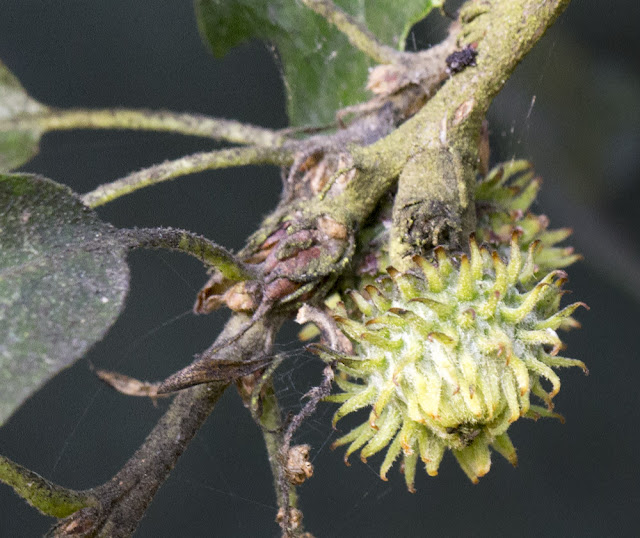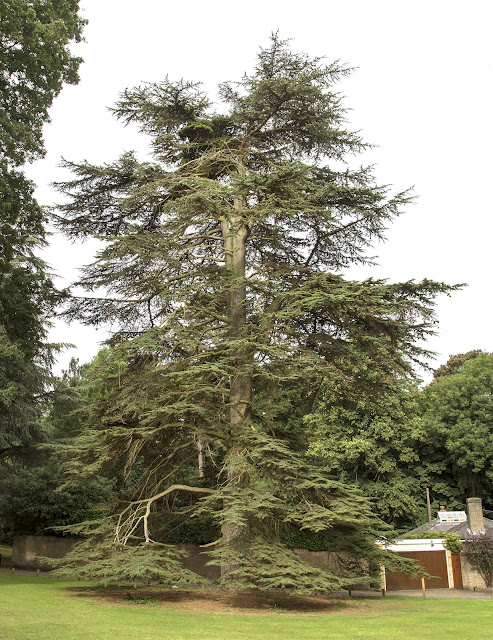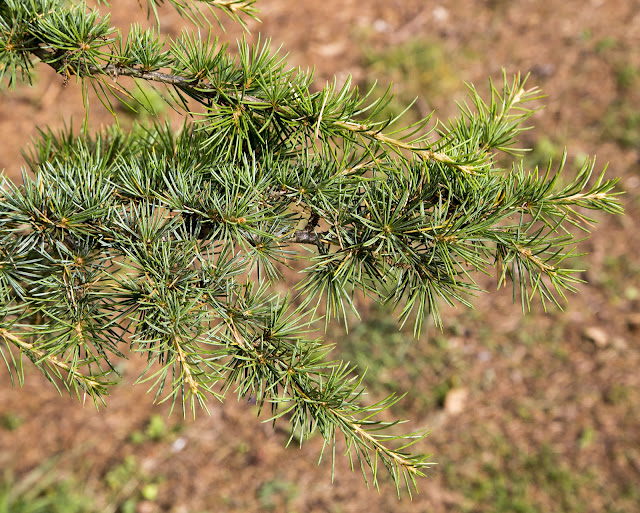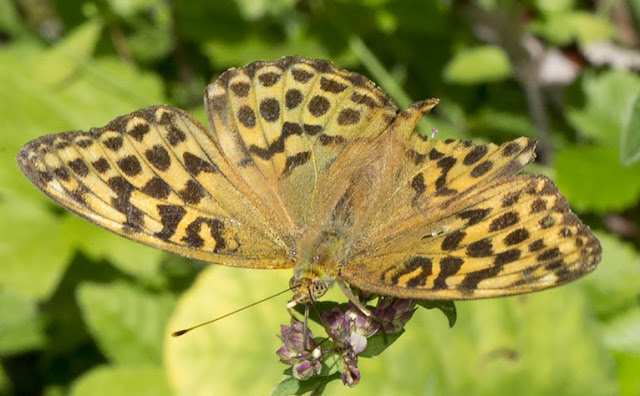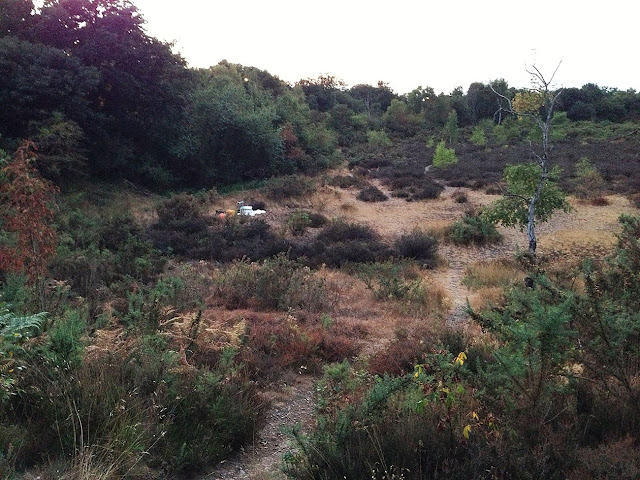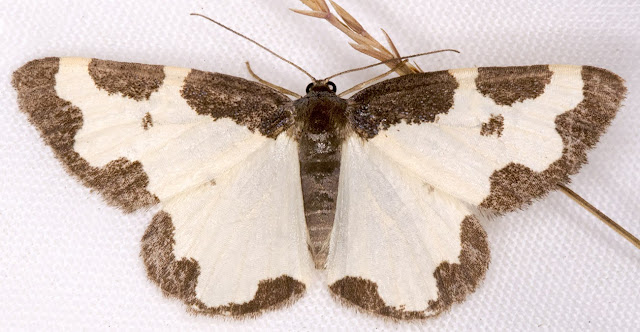 |
| St. Paul's Cray Common, 7 August 2013. |
I have had a busy few days, so I will post this current scene and then catch up with a couple from the last week or two.
This was an Orpington Field Club trip to St. Paul's Cray Common to look for insects. The common has this area of heath, consisting of some natural heath which has been restored by pulling out the bracken, and some newly planted areas.
The heather is mostly Ling with a few specimens of Bell Heather here and there.
We found bees, hoverflies, butterflies, moths, wasps and other creatures. I managed a few photos. I do seem to have moths on the mind at the moment, but I will show a couple of creatures that aren't ...
 |
| Three hoverflies: Myathropa florea, Sphaerophoria species, Helophilus pendulus. St Paul's Cray Common, 7 August 2013. |
Hoverflies always look good, roaming around the flowers and perching on them with wings outstretched. These are all females. The small one in the middle looks like a little fairy creature in the sunlight, with tiny flickering wings.
 |
| Common Toad, Bufo bufo. St Paul's Cray Common, 7 August 2013. |
It's true that this isn't an insect, but we still liked it. This shows up the difficulty of trying to photograph something with one hand while it attempts to escape from the other. I like the feel of a toad in my hand; like a little cool, dry sack of liquid. Certainly not slimy, as some people imagine. This one really wanted to get back to its resting place under dry leaves at the base of the heather.
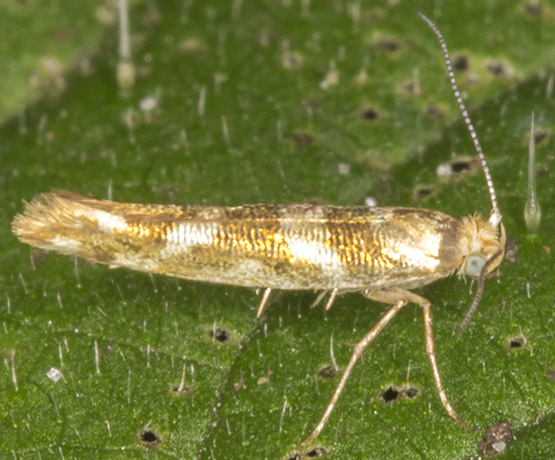 |
| Argyresthia goedartella. Argyresthiidae. Resting on Common Nettle in Petts Wood, 7 August 2013. |
And I couldn't resist this little beauty, which I saw on the way through the woods. It's only about 6mm long, but is quite visible even so, with those gleaming golden wing scales.
Finally ...
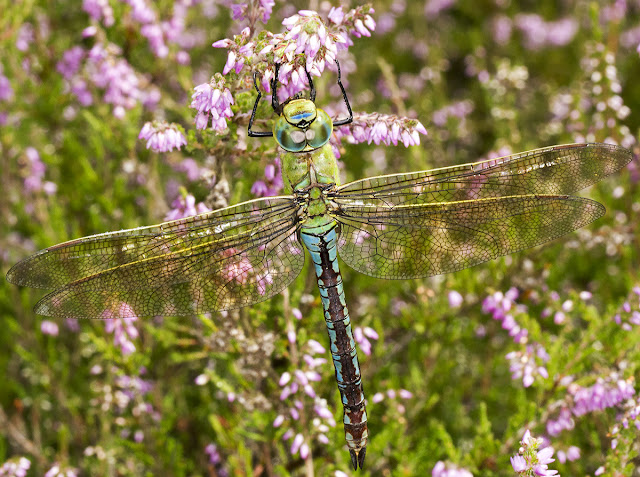 |
| Emperor Dragonfly, Anax imperator. St Paul's Cray Common, 7 August 2013. |
This gorgeous dragonfly was spotted roaming around the heath, and I was able to creep up to it when it came to rest and get this shot.
The top photo is on my iPhone (so that I could email it to friends); the others were taken with my EOS 6D and 100mm macro lens with ring flash.

